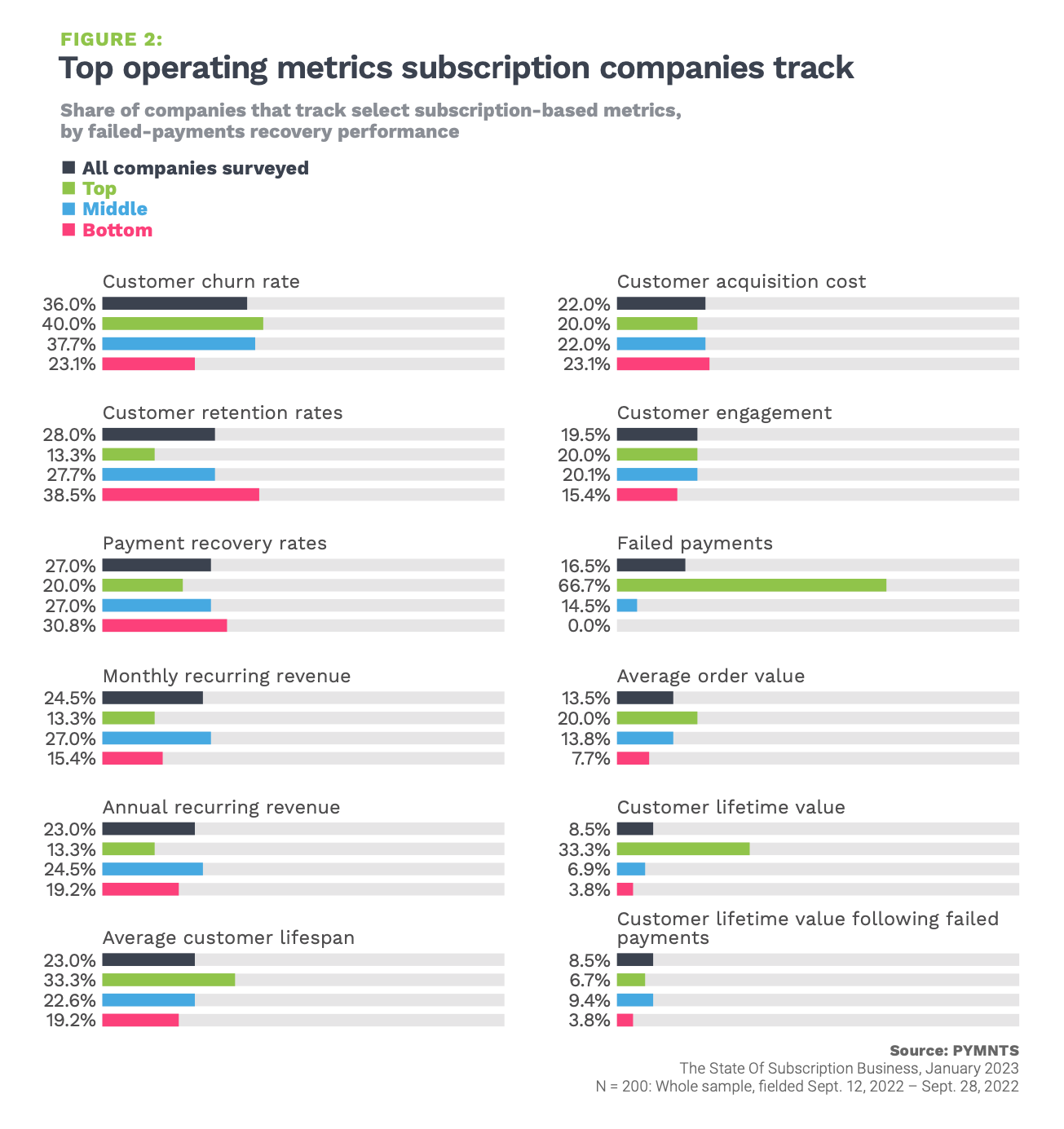Study: 70% of Subscription Firms Don’t Measure Customer Retention Rates

“How’m I doing?”
The old New York City Mayor Ed Koch line brings to mind subscription companies — perhaps an odd parallel to draw.
But hear us out.
Knowing how you’re perceived can be the first step to improving things.
But it turns out that companies that rely on recurring revenues to power their top lines — and they need to keep customers in place to keep costs down — are missing some of those key “tells” about perception.
In the report “The State of Subscription Business: Best Practices and Business Performance Drivers,” done in collaboration between PYMNTS and Flex Pay, roughly half of firms said the cost of acquiring new customers has been and will continue to be a challenge. And more than a third of respondents have said that customer retention has been difficult. Inflation may be moderating, but it’s still there, and separate research from PYMNTS has revealed that cost-conscious consumers have been re-examining how and where they are spending their money — and how they can cut back.

PYMNTS’ latest research finds that 58% of subscription businesses track metrics that measure the outcome of the customer’s relationship with the business — customer churn or retention. But drilling down a bit, there’s a bifurcation along many metrics, a yawning gap between top performers … and those that are not top performers.
The accompanying chart shows that only 8.5% of subscription-focused firms actively monitor and analyze customer lifetime value (LTV). One key driver that underpins it all is tied to payments — and specifically, failed payments, which can impact all manner of actions on the part of the consumers themselves. The most successful companies 67% of them — track failed payments, and 33% track LTV. A combination of metrics is critical.
We found that 58% of subscription-focused companies track either customer churn (36%), customer retention (28%) or both. But the top performers, the ones that minimize loss due to failed payments track and analyze an average of three metrics linked to customer LTV, compared to the two metrics measured by their bottom-performing counterparts.
Retaining customers, we note, may be one of the critical steps in boosting LTV — and answering that “How’m I doing?” question with clarity.